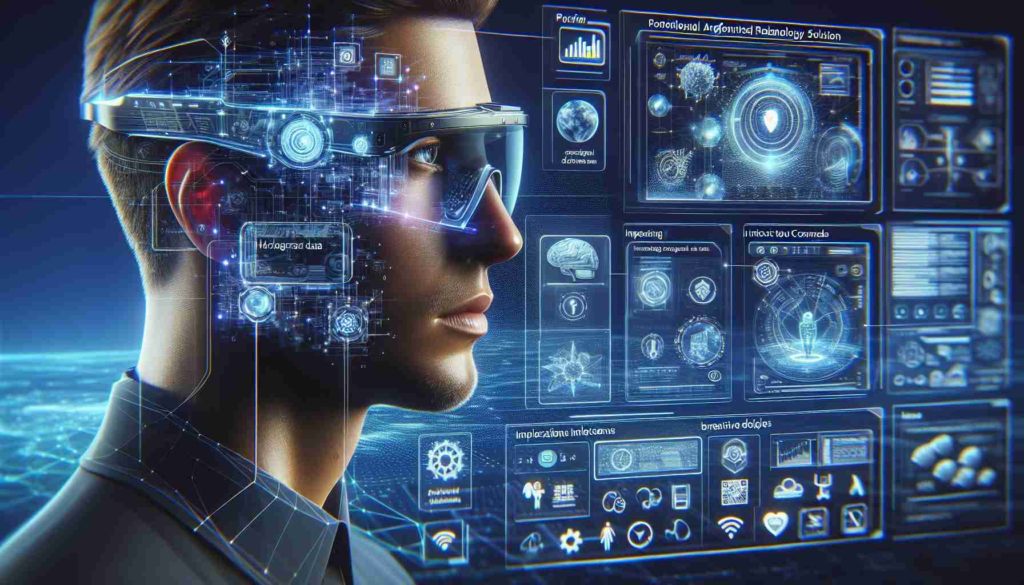“Apple’s cutting-edge technology, originally developed for Vision Pro, ushers in a new era of wearable augmented reality devices. This revolutionary technology allows users to seamlessly interact with apps and software by simply gazing at icons, demonstrating the huge potential for AR glasses to play a central role in the tech world.”
Apple faces challenges in bringing its AR glasses to the mass market, but insiders have suggested the focus may shift from traditional iPhones to the sleek, lightweight glasses.
Anonymous sources within Apple say the company is hard at work on AR glasses that could be a futuristic alternative to smartphones, and while a 2027 launch is on the horizon, there are still a long way to go and many hurdles to overcome before they’re available in retail stores.
Despite the significant investment required to develop AR glasses, Apple’s Vision Products Group remains committed to the project, steadily expanding its workforce and dedicating resources to perfecting the technology.
Analysts agree that Apple Glass has great potential to revolutionize how we interact with technology, and they envision a future where AR glasses eventually surpass the iconic iPhone in features and popularity.
Apple’s Vision Pro technology will power a future of AR wearables that could go beyond phones
Exploring new horizons:
While Apple’s Vision Pro technology is currently focused on enhancing wearable augmented reality devices, its potential impact goes beyond just glasses. As Apple continues to innovate, could this cutting-edge technology be integrated into other devices in the future to enable truly interconnected digital experiences?
Revealing the Future:
As AR glasses are developed to potentially replace traditional smartphones, how will this transition affect our everyday interactions with technology? Are we on the brink of a major paradigm shift in the way we view and use digital devices?
Key questions and controversies:
1. How does the integration of Apple’s Vision Pro technology into AR glasses affect privacy concerns about data collection through augmented reality experiences?
– The collection and use of personal data through AR devices raises ethical dilemmas and regulatory challenges that Apple and other tech companies must navigate to ensure user trust and compliance.
2. What are the main challenges in mass-producing AR wearables, and how might these impact Apple’s eventual delivery of AR glasses to consumers?
– Scaling production to meet demand, ensuring affordability, and maintaining high quality standards are crucial challenges that could impact the widespread adoption of wearable AR devices.
Pros and Cons:
– Benefits: Apple’s Vision Pro technology opens up new possibilities for seamless interaction with digital content, immersive experiences and hands-free convenience. The possibilities for how AR glasses can improve productivity, entertainment and accessibility are endless.
– Disadvantages: Concerns about societal dependency on wearable technology, potential health effects from long-term use of AR devices, and the need for strong digital security measures are some of the main areas where challenges may arise.
As Apple’s Vision Pro technology continues to develop, the future of wearable AR devices becomes increasingly exciting yet complex. It is important that stakeholders address the multifaceted implications of this technological evolution to realize its full potential while mitigating the associated risks.
For more information on the latest augmented reality innovations from Apple and other companies, check out Apple’s official website.

